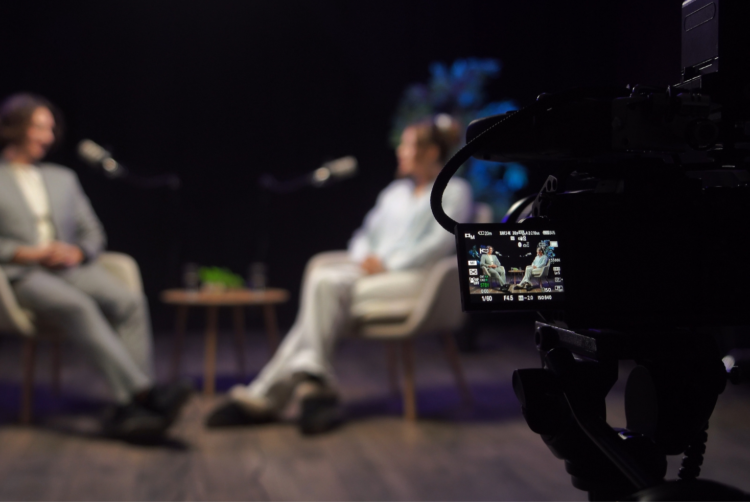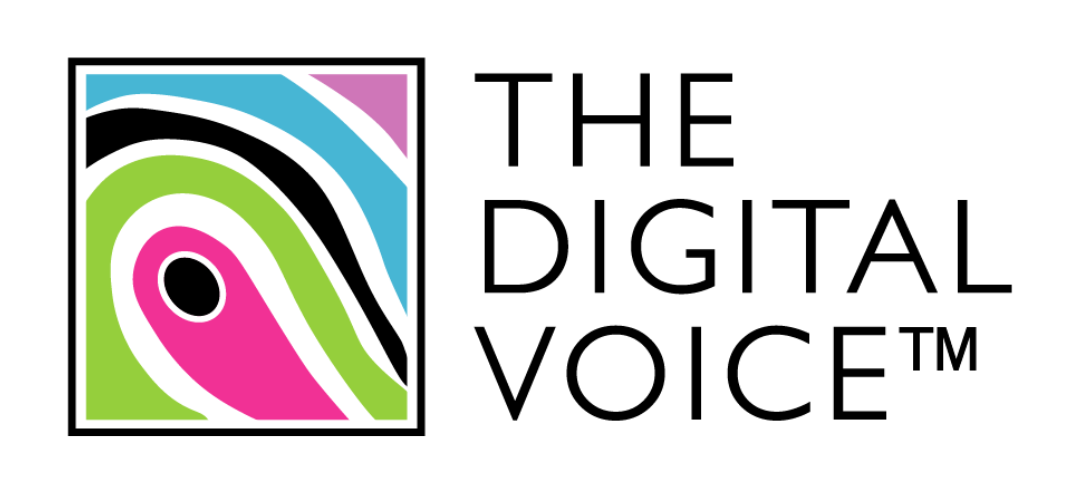Vodcasts: Is it the future of podcasting?

The way people consume podcasts is experiencing a major shift, with video podcasts — or vodcasts — becoming increasingly popular.
This reshaping of the podcast landscape brings new opportunities for advertisers and creators. However, the question is: are vodcasts the future or a complementary format still finding its place?
According to The Verge, 1bn people worldwide are now watching podcasts on YouTube every month.
And with audio giant Spotify now offering more than 430,000 video podcasts on its platform, it is clear key industry players are pushing for visual formats.
Speaking to The Media Leader, Josh Partridge, Spotify’s head of EMEA sales, says video podcast consumption on the platform is up 54% year on year and users who watch podcasts consume 1.5 times more content than audio-only listeners.
He also points out the number of creators publishing vodcasts on Spotify has grown by 50% in the past year. Indeed, Spotify CEO Daniel Ek said last year that users were going to see video content “in a bigger way”.
This suggests advertisers ought to take note.
Visual appeal
Research conducted by YouGov last year found that around one in eight UK adults prefer to watch video podcasts rather than simply listen to them. Of this, more than half cited visual appeal as the main reason.
Although audio-only podcasts remain dominant, the opportunity this visual appeal holds for building connection with audiences is evident.
Matt Whelan, managing partner at The Specialist Works, suggests: “By blending audio’s intimacy with visual storytelling, vodcasts offer richer creative territory and a more valuable media buy.”
Patrick Dolan, head of display and audio at the7stars, highlights the success of several brands utilising the format, especially with younger demographics.
“We’ve seen strong results with brands like H&M and Vanguard, who’ve embraced the format to bring a more human touch to their messaging,” Dolan says. “They offer a compelling way to connect with younger, cross-platform audiences through rich, multimedia narratives.”
This is echoed by Emily-Jayne Smith, head of publishing at Starcom: “Around half of podcast fans now engage with both audio and video formats, and younger audiences, especially Gen Z and younger millennials, are leaning even more in to video.
“For brands, that means vodcasts can unlock incremental reach and help diversify exposure, particularly with younger, highly engaged audiences.”
Creator opportunities
For creators in particular, vodcast campaigns have the ability to lean more in to creative partnerships and integrated storytelling, leveraging the trust and rapport creators have with their audiences.
Greg Glenday, Acast’s CEO, says: “It’s an incredible opportunity for advertisers. Brands like Diet Coke, Starbucks and eBay are repeatedly investing in campaigns that span audio and video formats.”
Glenday points to the surge in creators interested in producing video podcasts over the last 18 months, noting that this will drive advertisers to follow suit.
“As long as audiences want to consume them, creators will be compelled to make them and advertisers will want to become a part of the story — wherever it’s playing out,” he reflects.
Increasing reach through CTV
Meanwhile, putting vodcasts on connected TV (CTV) could offer an opportunity for brands to increase reach beyond the core audience who regularly engages with vodcasts through YouTube and other video platforms.
Antonia Faulkner, head of corporate communications and ads marketing, analytics and insights, EMEA, at Samsung, references the success of The Diary of a CEO on home screens.
In addition, she notes that the discoverability aspect of both CTV and vodcasts can be an advantage in an evolving media landscape.
Owen Hancock, regional vice-president, marketing, EMEA, at Impact.com, agrees: “People don’t want to be sold to; they don’t want to be interrupted by ads. They want to discover, research and decide on their own terms.
“They want to hear from those they trust, explore at their own pace and buy when they’re ready.
“So, as marketing spend on creators grows on all platforms, advertisers will follow them and find an effective opportunity in vodcasts shows on CTV.”
So are they here to stay?
Despite the hype, many stress the importance of considered implementation and strategy when it comes to utilising vodcasts.
As Thomas Balaam, audio trading director at Mindshare, notes: “Effectiveness of vodcasts depends heavily on execution.
“A simple ‘camera in the studio’ adds little value for advertisers or viewers, whereas more considered productions can make the studio environment part of the brand experience, with opportunities for product placement or visual storytelling.
“These elements can genuinely elevate a campaign.”
That said, for Balaam, vodcasts represent an “emerging layer” as he points to the strong dominance audio still has in terms of podcasts.
“Vodcasts are an exciting — but ultimately still developing — advertising channel,” he adds. “The key for brands is: vodcasts aren’t about replacing audio but complementing it.”
Indeed, currently the format mostly remains an extension of audio strategies.
But as Partridge notes, Spotify has found campaigns that include both audio and video increase purchase intent and drive significantly more incremental sales.
As production quality improves, distribution platforms adapt and brands seek deeper connections with audiences, vodcasts could well become the default format of podcasts, as opposed to a complementary offering.
Also published in: The Media Leader



